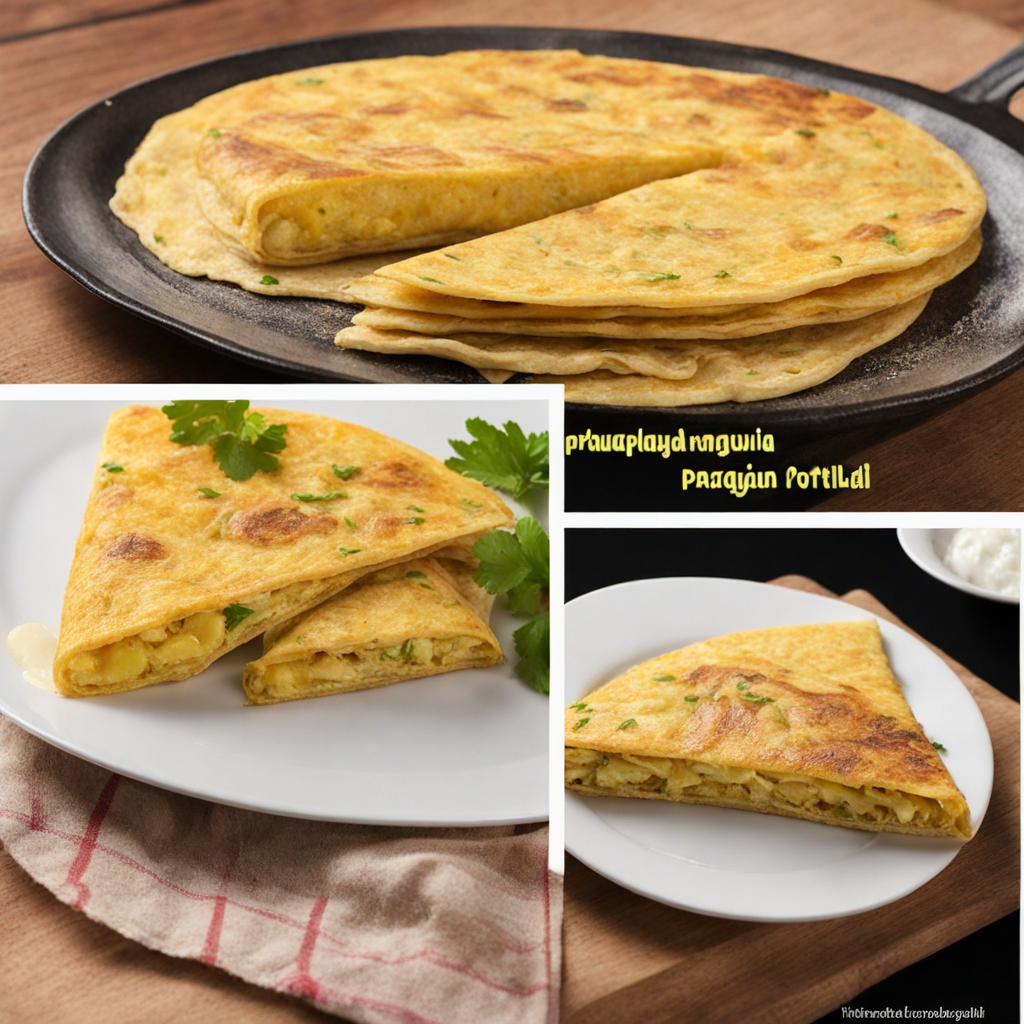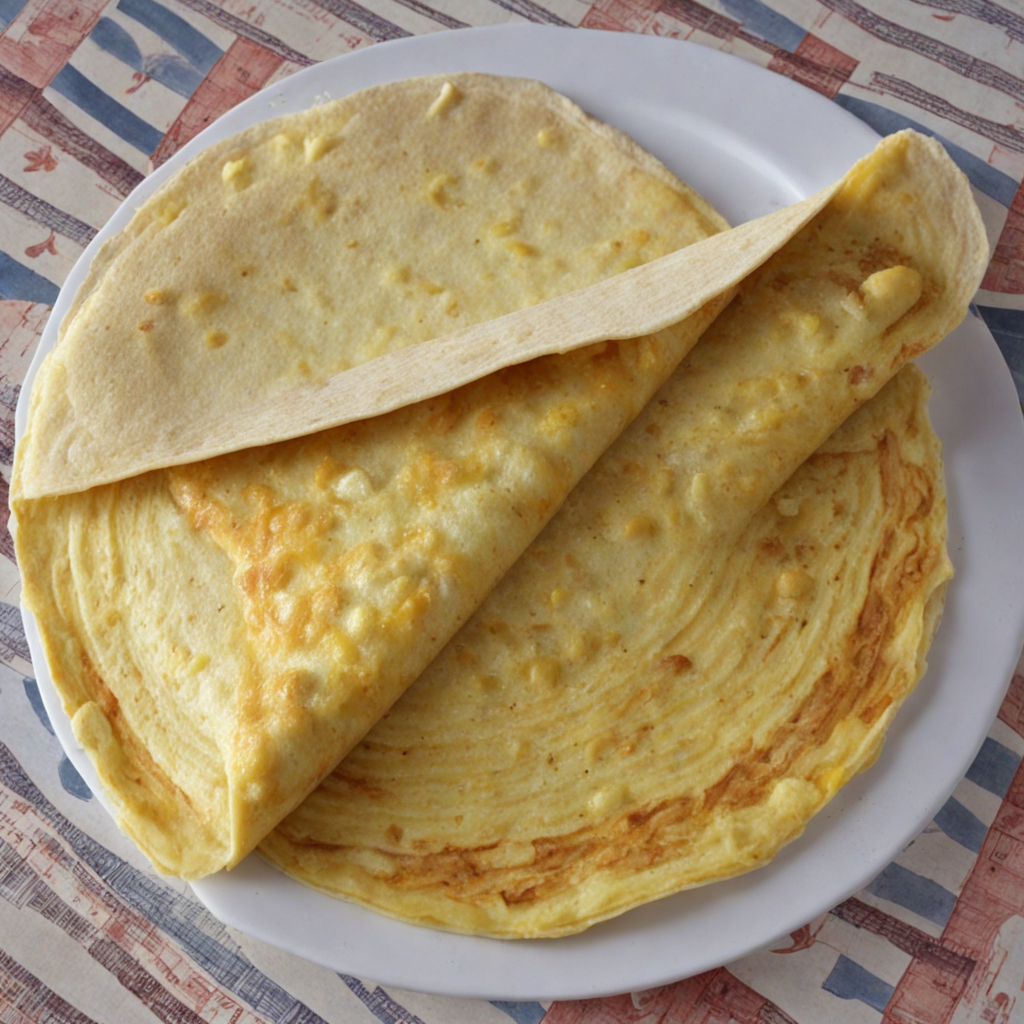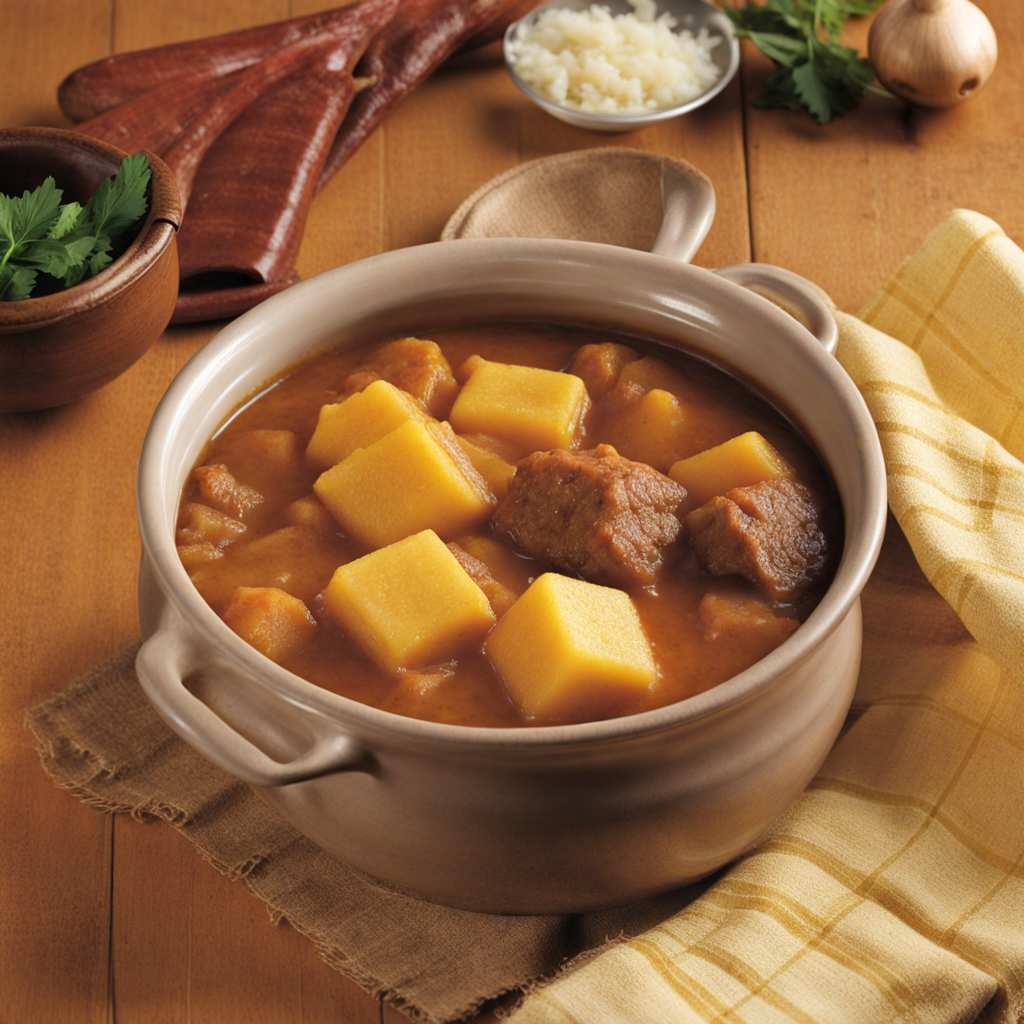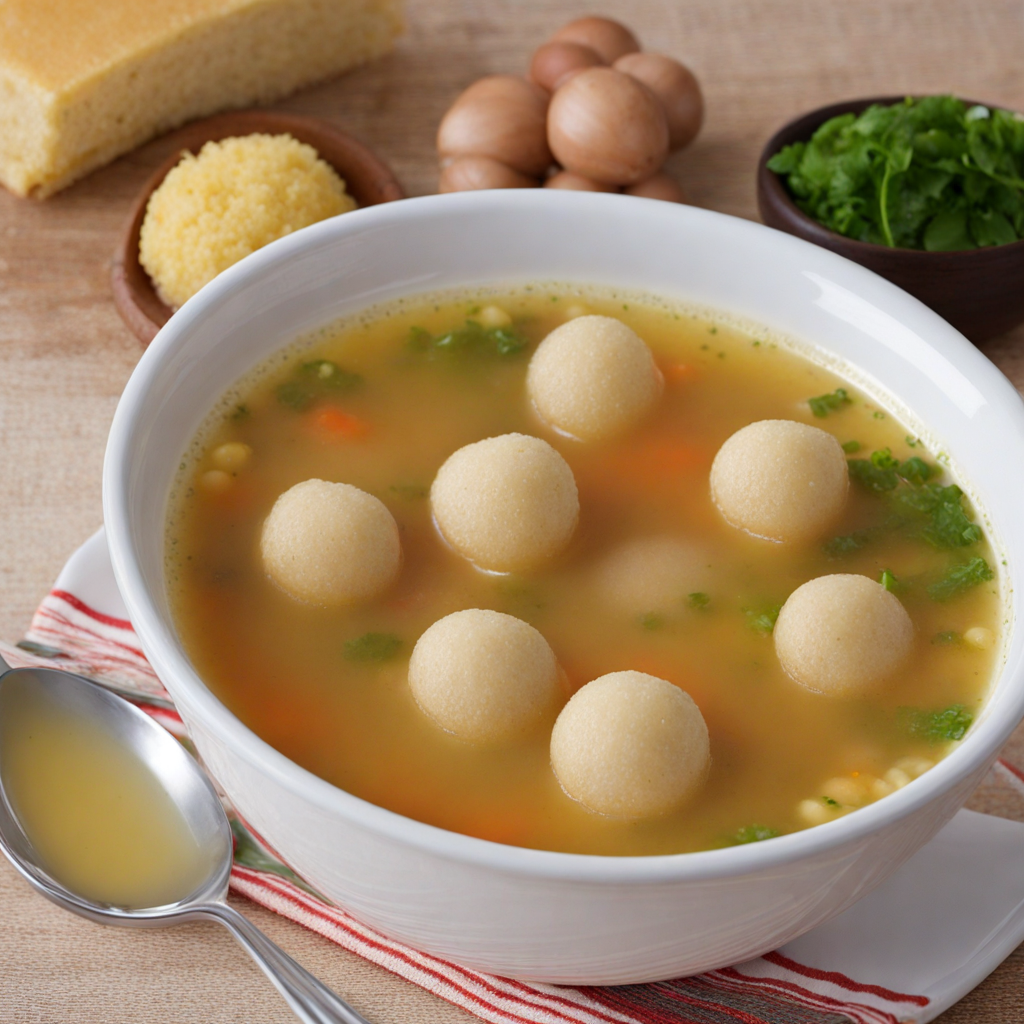Paraguayan Tortilla
Paraguayan Tortilla, also known as "Tortilla Paraguaya," is a unique and flavorful dish that embodies the rich culinary traditions of Paraguay. This savory cornmeal cake is made primarily from a blend of corn flour, eggs, milk, and cheese, giving it a delightful, hearty texture that contrasts with its slightly crispy exterior. The use of fresh ingredients, particularly the local varieties of cheese, adds a depth of flavor that is both comforting and satisfying. The batter is mixed to a consistency that allows it to rise during baking, resulting in a fluffy interior that holds a wonderful balance of moisture and density. What sets Paraguayan Tortilla apart from other corn-based dishes is its simplicity and versatility. It can be enjoyed as a main dish or as a side, often served with a fresh salad or alongside traditional Paraguayan dishes like "sopa paraguaya." The richness of the cheese complements the sweetness of the corn, while the addition of optional ingredients like onions, herbs, or even meat can elevate the dish further, allowing for variations that cater to different palates. The aroma that fills the kitchen as it bakes is enough to entice anyone to the table. This dish is not only a representation of Paraguayan culture but also a testament to the importance of corn in the region's agriculture and cuisine. Each bite of Paraguayan Tortilla offers a warm, rustic flavor that is deeply rooted in tradition, making it a perfect dish for gatherings and celebrations. Whether you’re trying it for the first time or revisiting a beloved recipe, the comforting taste of Paraguayan Tortilla is sure to leave a lasting impression and inspire a deeper appreciation for the flavors of Paraguay.
How It Became This Dish
The Tortilla Paraguaya: A Delicious Slice of Culture The Tortilla Paraguaya is more than just a dish; it's a culinary emblem of Paraguay, embodying the rich cultural tapestry of this South American nation. Originating from the heart of the Paraguayan culinary tradition, the tortilla is a savory cornbread that has become an essential part of the country’s identity, reflecting its history, agricultural practices, and social customs. #### Origins: A Blend of Ingredients and Influences The roots of Tortilla Paraguaya can be traced back to the indigenous Guaraní people, who were the original inhabitants of the region long before European colonization. They cultivated maize, a staple crop in their diet, and used it to create various forms of bread. The Guaraní's methods of cooking with maize laid the foundation for many traditional Paraguayan dishes. The introduction of cattle, cheese, and other ingredients by Spanish colonizers during the 16th century further enriched the culinary landscape of Paraguay. Tortilla Paraguaya itself is distinct from other Latin American tortillas; unlike the thin corn tortillas found in Mexico, this dish resembles more of a cornbread or frittata, incorporating cornmeal, eggs, milk, and cheese. This combination creates a hearty and moist dish that can be served as a side or a main course. The addition of cheese—often a local variety called “queso Paraguay”—highlights the influence of European dairy practices, as cheese became a common ingredient in Paraguayan cooking. #### Cultural Significance: More Than Just Food Tortilla Paraguaya is not merely a meal; it is a symbol of hospitality and community in Paraguay. The dish is often prepared for family gatherings, celebrations, and traditional events. It is a staple at festive occasions such as independence celebrations, weddings, and birthdays, where it is enjoyed by people of all ages. Sharing food is an intrinsic part of Paraguayan culture, and the tortilla serves as a unifying element at social gatherings. The dish is often paired with traditional Paraguayan beverages, such as tereré, a cold infusion of yerba mate, which is a fundamental aspect of daily life in Paraguay. The act of sharing tereré and enjoying Tortilla Paraguaya together fosters a sense of community and camaraderie among friends and family. Moreover, the tortilla has become a symbol of national pride. In 2006, the Paraguayan government officially recognized Tortilla Paraguaya as a part of the country's intangible cultural heritage, ensuring its preservation and promotion among younger generations. #### Development Over Time: From Rural Roots to Urban Delights As Paraguay evolved throughout the 19th and 20th centuries, so too did its culinary practices, including the preparation and consumption of Tortilla Paraguaya. Initially, the dish was primarily made in rural settings, where families would prepare it using locally sourced ingredients. The preparation methods were often passed down through generations, with each family adding its unique twist, resulting in a diverse array of recipes across the country. With urbanization in the late 20th century, traditional dishes began to adapt to modern lifestyles. In cities, Tortilla Paraguaya became a popular dish in restaurants and cafes, often served as a quick snack or a hearty breakfast. Chefs started experimenting with the recipe, incorporating new ingredients such as vegetables or herbs, while still paying homage to the traditional flavors. This blending of the old and new has allowed Tortilla Paraguaya to remain relevant and beloved in contemporary Paraguayan cuisine. The rise of the global food movement has also played a role in the tortilla's evolution. As international travel and communication increased, culinary enthusiasts began to take notice of Paraguayan food. Chefs and home cooks around the world have experimented with Tortilla Paraguaya, introducing it to new audiences while respecting its roots. #### Modern Interpretations: A Dish for All Palates Today, Tortilla Paraguaya can be found in various forms and flavors across Paraguay and beyond. While the classic recipe remains a favorite, modern interpretations often include different types of cheese, spices, and even the addition of vegetables like spinach or peppers. Gluten-free variations using alternative flours are also becoming popular, catering to contemporary dietary preferences. In Paraguay, it is common to find Tortilla Paraguaya sold in local markets, street vendors, and restaurants, where it is often served warm, accompanied by a simple salad or a spicy sauce. This accessibility has contributed to its status as a comfort food that resonates with both locals and visitors. #### Conclusion: A Culinary Legacy In summary, Tortilla Paraguaya is a dish steeped in history and cultural significance. From its indigenous roots to its place as a national symbol, the tortilla encapsulates the essence of Paraguay’s culinary heritage. It serves not only as nourishment but also as a means of connection among people, bridging generations and communities through shared flavors and traditions. As Paraguay continues to embrace its rich culinary past while looking toward the future, Tortilla Paraguaya stands as a testament to the resilience and adaptability of its culture. Whether enjoyed at a family gathering, a festive celebration, or a quiet meal at home, the tortilla remains a comforting reminder of the flavors of Paraguay and the warmth of its people.
You may like
Discover local flavors from Paraguay






